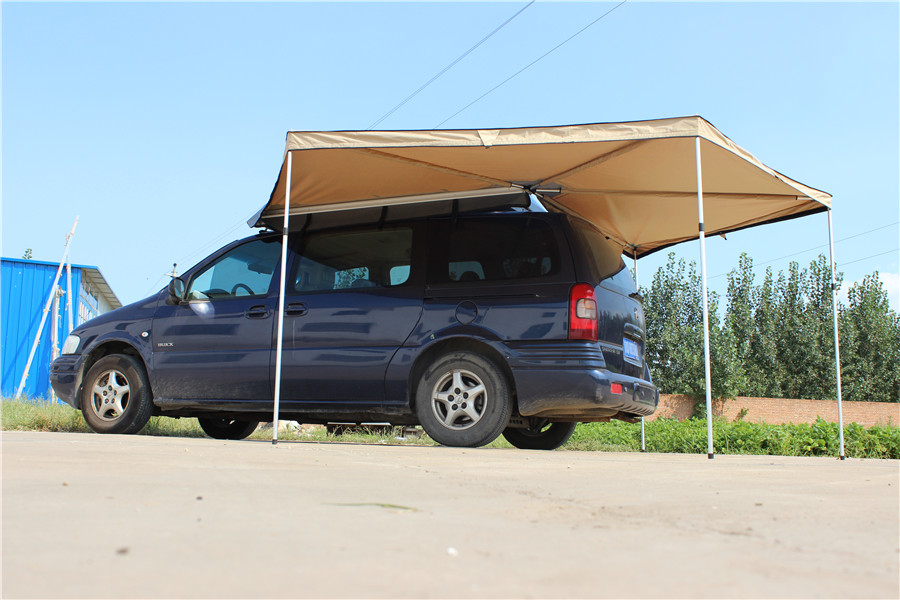How are Car Side Awnings Different from Traditional Camping Tents and Canopies?
When it comes to outdoor adventures, having the right shelter can make all the difference. Car side awnings, traditional camping tents, and canopies are popular choices for camping, hiking, and other outdoor activities. Each option has its unique features and advantages, but they cater to different needs and preferences. In this article, we will explore the differences between car side awnings and traditional camping tents and canopies, allowing you to make an informed decision for your next adventure.

Car side awnings are portable shelters designed to attach to the side of a vehicle, typically an SUV, camper van, or 4x4 truck. These awnings are made of durable materials like polyester or canvas and come with sturdy poles that provide support and stability. Car side awnings are widely used by campers, overlanders, and outdoor enthusiasts due to their practicality and ease of use.
Benefits of Car Side Awnings
Shade and Shelter
One of the primary advantages of car awning is the instant shade and shelter they provide. With just a few simple steps, you can transform the side of your vehicle into a comfortable and protected space from the sun, rain, or wind.
Versatility and Convenience
Car side awnings are incredibly versatile. They can be used as a dining area during meals, a relaxing spot to enjoy the view, or a sheltered space to set up camping gear. Their adaptability makes them a popular choice for travelers who want a quick and convenient shelter option.
Compact Design
Unlike traditional camping tents, car side awnings are compact and do not take up valuable space in your vehicle. They are usually stored in a bag attached to the roof rack or inside the trunk, leaving more room for other essential gear.
Easy Setup and Takedown
Setting up a car side awning is a breeze. Most models come with a simple retractable mechanism that allows you to deploy or retract the awning in a matter of minutes. Taking it down is just as easy, making it ideal for quick stops during road trips.
Durability and Weather Resistance
Car side awnings are built to withstand various weather conditions. They are often made from robust materials that can handle rain, wind, and UV rays, ensuring that you stay protected and comfortable in any environment.
Limitations of Car Side Awnings
Limited Space
While car side awnings offer sufficient space for basic activities, they might not be suitable for extended periods or large groups. If you need more room for sleeping or additional amenities, you may need to consider other options.
Dependency on Vehicle
vehicle Awning are reliant on a vehicle to provide support and structure. If you plan to explore areas where your vehicle cannot access, the awning becomes impractical.
What Are Traditional Camping Tents and Canopies?
Traditional camping tents and canopies are standalone shelters designed to be set up on the ground. Tents are generally made of polyester or nylon, while canopies feature a fabric roof supported by poles. These structures are commonly used in camping sites and outdoor events.
Conclusion
In conclusion, both car side awnings and traditional camping tents and canopies have their unique advantages and limitations. Car side awnings are perfect for adventurers who seek convenience, quick setup, and shelter on the go. On the other hand, traditional camping tents and canopies are ideal for those who prioritize ample space and independence from their vehicles.
Ultimately, the choice between car side awnings and traditional camping tents and canopies depends on your specific needs, the type of adventure you embark on, and your personal preferences. By understanding the differences between these two options, you can make a well-informed decision that enhances your outdoor experience.
226
0
0
All Comments (0)
Previous: Roaring Success: The Top 10 Brands of Animatronic Dinosaurs
Next: Factors to Consider When Choosing a Hard Shell Roof Top Tent
If you are interested in sending in a Guest Blogger Submission,welcome to write for us!




Comments